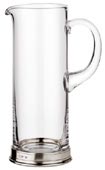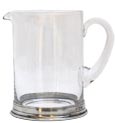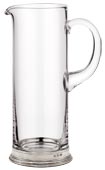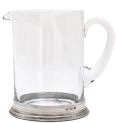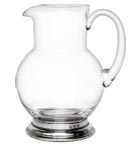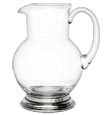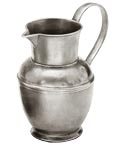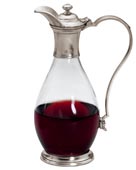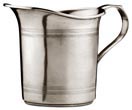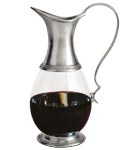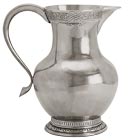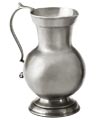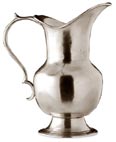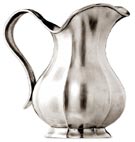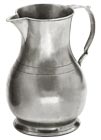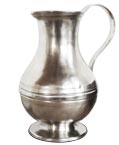
Articles pour Boissons
> Pichets, Carafes & Décanteurs
Pichets, Carafes & Décanteurs
- étain · Verre · Cristal sans plomb
Pichets, carafes et décanteurs raffinés pour servir l'eau, le vin, la bière ou d'autres boissons avec élégance et tradition.
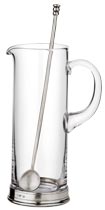
|
|
Carafe + cuillère
cm Ø10 x h27 lt. 1,50 11934 - IN STOCK |
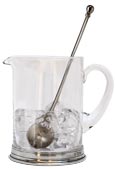
|
|
Carafe + cuillère
cm h 16 lt 1 11935 - IN STOCK |
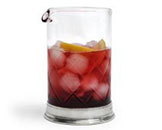
|
|
Verre mélangeur pour cocktails
' YARAI ' cm Ø 9 x h 15,5 cl 70 13810 - IN STOCK |
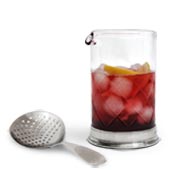
|
|
Verre + passoire à cocktail
' YARAI ' cm Ø 9 x h 15,5 cl 70 13815 - IN STOCK |
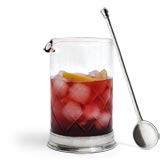
|
|
Verre + cuillère à cocktail
' YARAI ' cm Ø 9 x h 15,5 cl 70 13817 - IN STOCK |
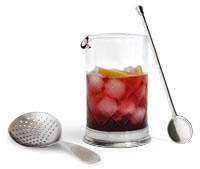
|
|
Verre + cuillère + passoire à cocktail
' YARAI ' cm Ø 9 x h 15,5 cl 70 13816 - IN STOCK |

|
|
Pichet + verre
cm h 22 cl 92 13450 - IN STOCK |

|
|
Carafe à whisky
cm h 21 l 1 13500 - IN STOCK |
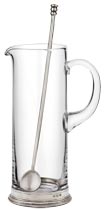
|
|
Carafe + cuillère
cm Ø10 x h27 lt. 1,50 38904 - IN STOCK |
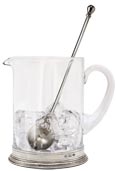
|
|
Carafe + cuillère
cm h 16 lt 1 38915 - IN STOCK |
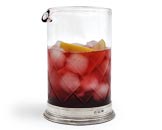
|
|
Verre mélangeur pour cocktails
' YARAI ' cm Ø 9 x h 15,5 cl 70 38920 - IN STOCK |
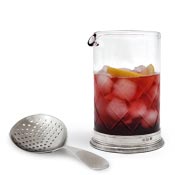
|
|
Verre + passoire à cocktail
' YARAI ' cm Ø 9 x h 15,5 cl 70 38925 - IN STOCK |
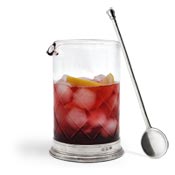
|
|
Verre + cuillère à cocktail
' YARAI ' cm Ø 9 x h 15,5 cl 70 38927 - IN STOCK |
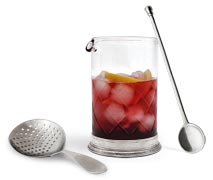
|
|
Verre + cuillère + passoire à cocktail
' YARAI ' cm Ø 9 x h 15,5 cl 70 38926 - IN STOCK |

|
|
Carafe à whisky
cm h 21 l 1 38490 - IN STOCK |
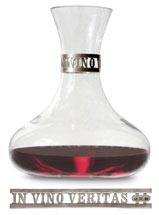
|
|
Carafe à décanter
cm h 24 lt. 2,475 12640 - IN STOCK |

|
|
Pichet 1 litre
' FRANCIA ' cm h 22 lt 1 9420 - IN STOCK |

|
|
Pichet 1/2 litre
' FRANCIA ' cm h 18 lt 0,5 9422 - IN STOCK |

|
|
Pichet 1/4 litre
' FRANCIA ' cm h 14 lt 0,25 9423 - IN STOCK |
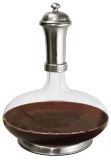
|
|
Carafe à décanter
cm h 24 lt. 1,4 36260 - IN STOCK |
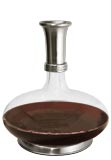
|
|
Carafe à décanter
cm h 24 lt. 1,4 36270 - IN STOCK |

